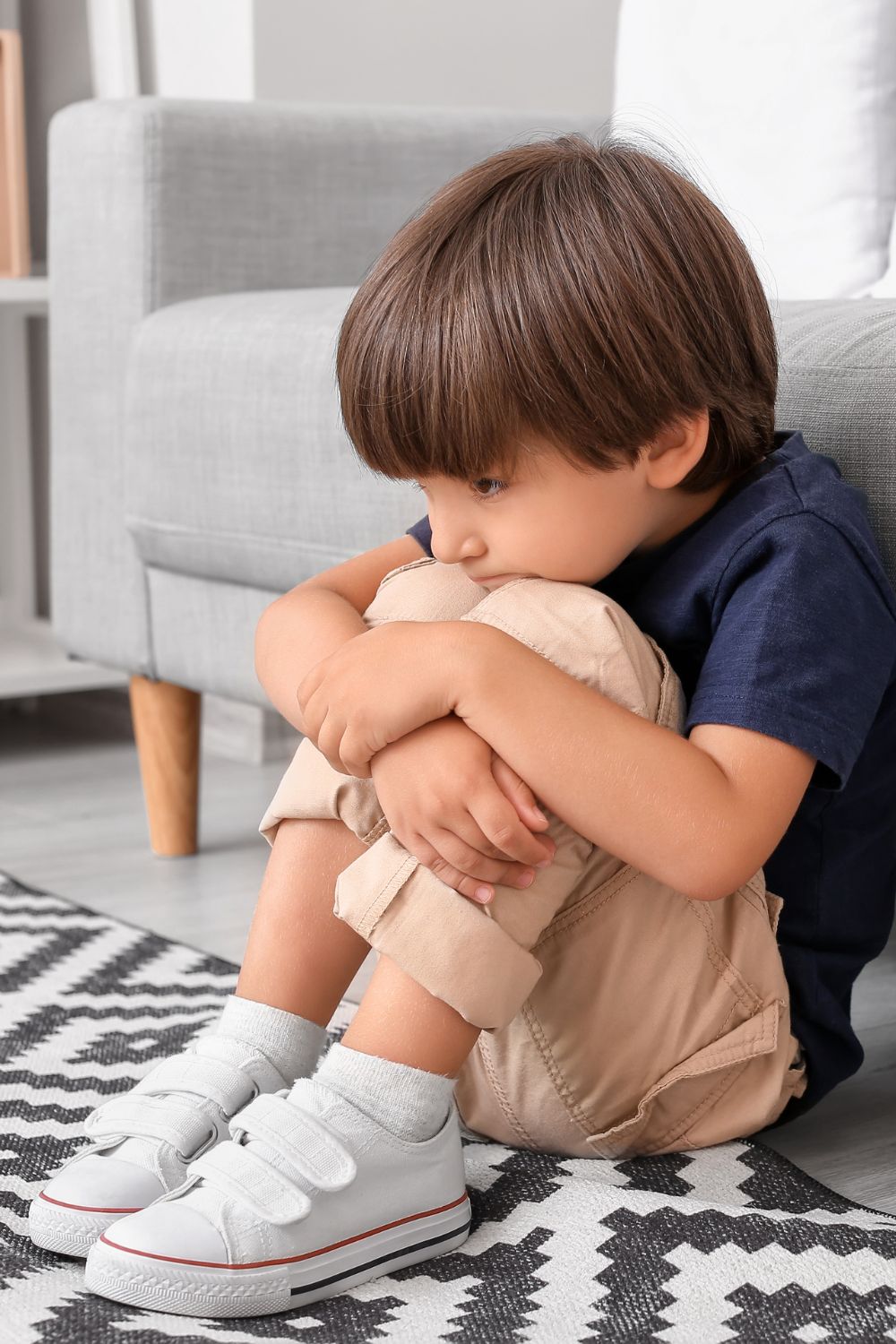Every parent dreams of easy children but sometimes that just doesn’t happen. Here is A Guide for Parents on helping their child with Behavior Difficulties
A Guide for Parents on helping their child with Behavior Difficulties
As a parent, there may be times when your child’s behavior becomes difficult to manage. It can be overwhelming and frustrating trying to find the right strategies and techniques that will help you effectively address the issue while still providing safety and support for your child.
Thanks to our comprehensive guide, you’ll soon have the tools necessary to support not just their development. Let’s dig in!
Seeking Professional Help When Needed
When a child is exhibiting behavioral difficulties, seeking professional help is an important step parents can take. While it is normal for children to experience occasional tantrums or outbursts, ongoing and disruptive behaviors can become problematic.
A licensed therapist or counselor can help identify underlying issues and develop a plan to address them. Research shows that Trails Carolina, a licensed nature-based therapy program situated in North Carolina, has been successful in helping children overcome behavioral difficulties by simply doing outdoor activities together. Remember that seeking professional help is not a sign of weakness, but rather a proactive measure to ensure the well-being of both the child and the family as a whole.
Taking the Time to Understand Your Child’s Needs
As parents, we are constantly juggling numerous responsibilities and commitments in our everyday lives. However, amongst all the chaos that surrounds us, it’s essential that we take the time to understand our child’s needs.
Every child is unique and has their own set of emotional, physical, and mental requirements that must be met for optimal development. Make a conscious effort to listen and observe your children and can gain insight into their world. This can enhance their self-esteem and confidence, leading to a happier and more fulfilling life for both the child and the parent.
Establishing Clear Rules and Expectations
Establishing clear rules and expectations can be incredibly valuable to managing a child with behavioral difficulties. Indeed, when these youngsters feel that they know what is expected of them, it can help reduce confusion, frustration, and anger, and ultimately result in a calmer, more positive home environment.
Make sure that these rules are communicated in a clear, firm yet compassionate tone, with defined consequences for not adhering to them. Additionally, building a strong relationship with the child and encouraging good behavior can reinforce their understanding of the rules and expectations, leading to a more harmonious family life overall.
Setting Boundaries in a Loving Way
Creating boundaries for a child with behavioral issues can help them learn self-regulation. When setting boundaries, stay firm and consistent, while also showing the child compassion and love. Parents and caregivers must communicate with the child about what is expected of them calmly and clearly.
Use positive reinforcement to encourage good behavior and avoid punishment or negative reinforcement. By setting boundaries firmly and lovingly, children can learn how to manage their emotions and behavior in a healthy and positive way.
Using Positive Reinforcement as a Tool
Positive reinforcement is a powerful tool that can be used to help children with behavioral issues. It involves rewarding positive behavior and withholding rewards or privileges for negative behavior. This approach can work wonders, particularly for children who are struggling with issues like ADHD, anxiety, or oppositional defiant disorder.
By focusing on the positive, parents and caregivers can help their children build self-esteem and confidence. Most important develop new, positive habits and behaviors. With time, patience, and a consistent approach, this type of positive reinforcement can be incredibly effective. In turn, helping children reach their true potential and thrive in their daily lives.
Creating a Supportive Environment at Home
As parents, it can be challenging to create a supportive environment for a child with behavioral difficulties at home. Remember that your child needs a safe, loving space where they feel comfortable expressing their emotions. This starts with setting clear boundaries and expectations, and consistently enforcing them. It also means actively working to understand the root causes of your child’s behavior and finding ways to address them.
Remember, it takes time and effort to create a positive environment. But with patience and perseverance, you can make a real difference in your child’s life.
Parenting is a difficult but rewarding journey, and each family must discover the best way to create a safe and supportive environment for their children. With enough patience and dedication, it is possible to build family unity by creating loving relationships that are built around trust, mutual respect, and open communication.
Ultimately, families need to prioritize creating positive spaces to ensure their children successfully make it through those formative early years.

Leave A Reply!